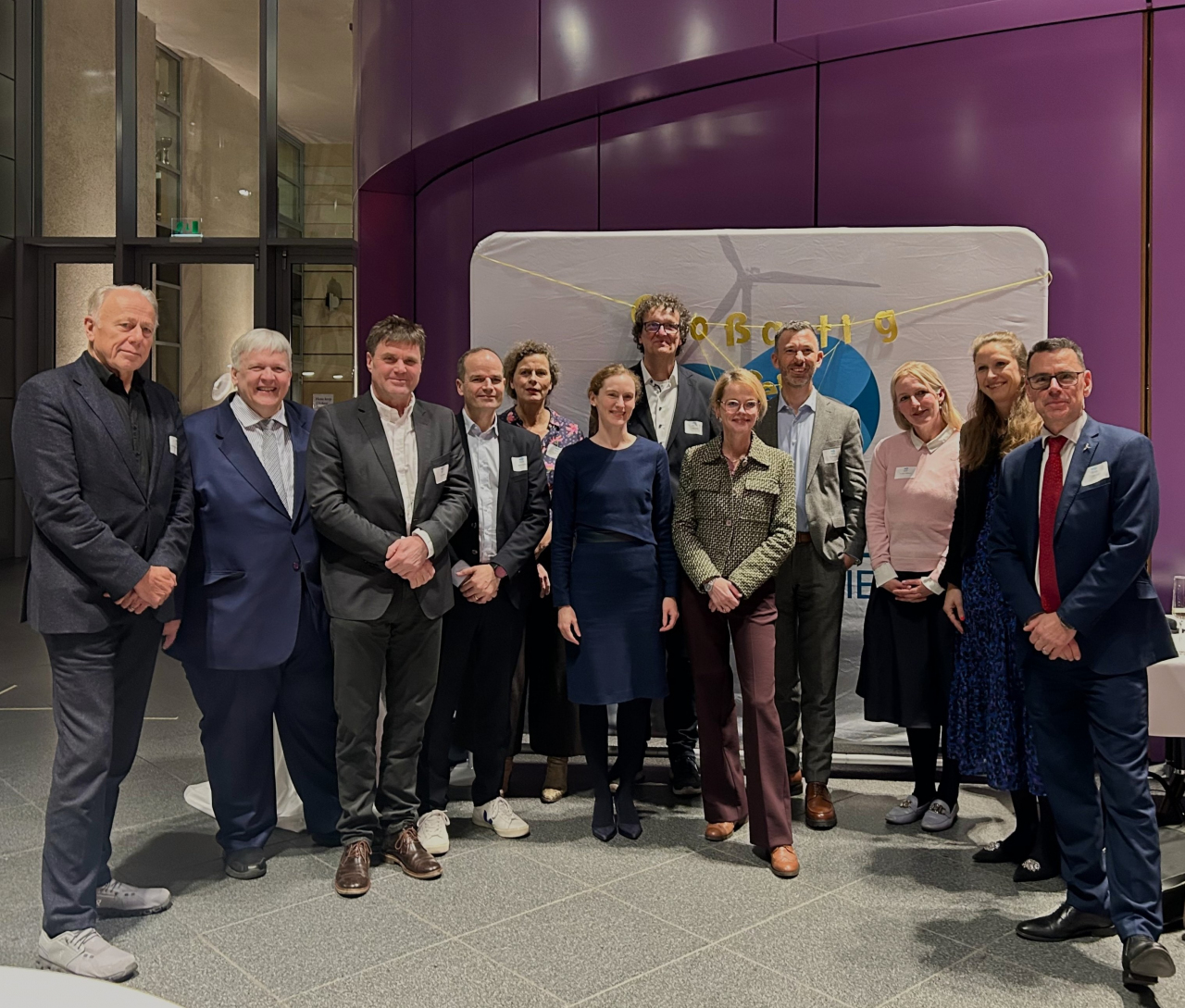The difficulty of energy transformation and the efficient development of wind energy will not be implemented without the highest level of service. Swire Energy Services is one of the most experienced partners in the wind industry. We asked Victoria Gilbert, Technical Lead Offshore Wind at Swire Energy Services, about energy transition and potential of offshore wind in Baltic Sea region.
The transformation of the oil and gas sector is increasingly linked to renewable energy. Day-to-day skills used in the conventional energy sector are often needed in the development of offshore wind projects.
“I think there’s a number of factors with the oil and gas majors moving into wind. They’re very financially secure, so there’s a good deal of investment, but they also bring a tremendous amount of experience, so they’ve already learned some of the mistakes, and hopefully the wind industry can also learn from that – from an OEM perspective – I think as well from a risk perspective. They’ve been in a very high-risk industry previously, so their perception of how to handle and manage that both from a health and safety perspective, and a commercial perspective is also a very key learning that we can take advantage of within the industry, Gilbert said.
Baltic Sea perspective
More and more investors are looking towards the Baltic Sea. As a result, the demand for employees with unique skills is increasing.
“Offshore wind is a fabulous growth area. The Baltic Sea specifically, certainly for us, is a key focus area. I think the skill set that we see within the area of the people that we can invest in for us as a service provider is really critical and there’s going to be such demand for people within this industry going forward. For us to be able to take people investing in them, grow them within the business, take that experience and knowledge they have and foster that throughout in an industry that’s forever growing is fantastic. So, for us it’s a key target market that we intend to focus on going forward. We do already have a facility there, so we intend to invest and grow on that strong foundation that we have”, she explained.
The offshore wind industry is already indicating that there is a shortage of labour. We ask our interviewer about the barriers to the development of this sector in the near future.
“I think going forward is going to be the amount of people that the service and OEM businesses actually need because it’s going to grow so fast in Europe, in Asia, in the US. That it’s going to need an investment in people at a very early start point to get the number of people on the turbines that we actually need going forward. So, for us, as the service provider that we are now, and we want to be, the way we structure our business is that we have a manpower services team, and that helps us bring new technicians in, train them, and upskill them, stay current with the market trends, the new turbine types, the new technology that’s out there. Then we use that knowledge and experience that we have and allocate that resource to projects and services on a fuller scope, and wider scope projects, in order to be able to maximize the potential for people that we have. So I think the biggest challenge for everybody in an OEM perspective is just going to be the sheer volume of people needed.
The longevity in the renewables sector
Victoria Gilbert stressed that renewable energy isn’t going away, it’s here to stay.
“What we can offer new people coming into the industry is longevity. It’s also even saying that it’s a fast changing, fast paced environment, so for us it also can keep them engaged. I think again, there’s a lot of what we will see today at this exhibition. We’ll see a lot of people coming through from training schools, training centers, there’s apprenticeships. You can make a career in wind now, and in renewable energy and general. Bringing people, and fostering them, from quite a young age in the grand scheme of things, I think is both something that we want to do, and I think the industry in itself is very keen to promote”.
The key is to find a balance between the local presence of investors, local knowledge, and the global power of larger players. It is investors who can drive the use of local skills.
“I think in any industry, not just renewables and wind, that local knowledge and content and understanding of the policies, the labor laws, especially managing people, it’s critical that we do have that local knowledge. That’s why when we look at the Baltic Sea specifically, we have the location there, we invest in our people”.
The future is renewable. Swire Energy Services plans
One of the industry’s leading themes in Copenhagen is electrification and energy transition. Victoria Gilbert argues that the future lies in renewable energy sources.
“There’s a balance between wind, solar, and you know there’s hydrogen coming on board now. And yes, there’s still an element of oil and gas, and I think it’s just finding the right balance between everything. Obviously, we have a number of different sectors that we cross with our business, so for us it’s incredibly important that governments and industries completely understand that, and truly understand where they can fit and add the most value. We definitely want to position ourselves as an independent service provider to a wider range of people. That could be OEM’s, it could be owner operators within the wind industry, but our focus is offshore. So definitely for us we have an incredibly strong sustainability policy to be carbon neutral by 2030, and we’re very much investing in hitting that target actively”, Victoria Gilbert said.
Read BalticWind.EU Special Report WindEurope ElectricCity 2021















